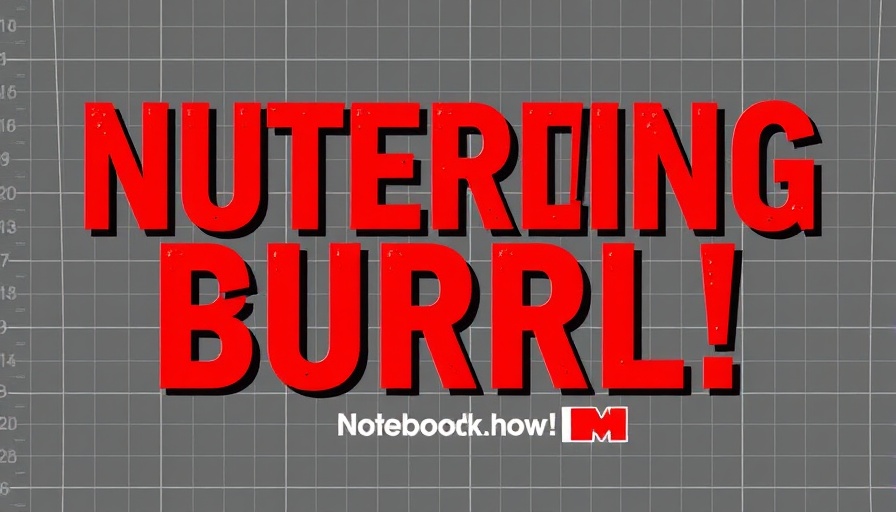
Revolutionizing Image Creation: The New OpenAI Feature
OpenAI has just unveiled an exciting new update to its image generation capabilities that is gaining attention across various tech communities. This advancement allows users not only to generate images from scratch but also to enhance existing visuals by providing multiple output styles and dimensions tailored to specific needs.
In 'NEW OpenAI Images Update is INSANE!', the discussion dives into a groundbreaking new feature in AI image generation, exploring key insights that sparked a deeper analysis on our end.
Comparing Outputs: A Side-by-Side Analysis
Using screenshots from popular video content, users can now compare the outputs of OpenAI’s image generation against traditional editing tools like Canva. The ability to switch settings such as resolution and dimensions makes this feature particularly appealing for social media creators who rely heavily on impactful thumbnails and posts.
For example, a screenshot taken from a video was fed into ChatGPT to assess its creative output. The results showed that while the generated image retained many of the original elements, it also presented an altered version that sparked interesting debates on its effectiveness. Such comparisons raise a crucial question: can AI truly match human creativity?
What Does This Mean for Creators?
This update is particularly significant for those in digital marketing and content creation. With the race to capture viewer attention fiercer than ever, tools that offer innovative solutions to enhance visual appeal are invaluable. Creators can now utilize OpenAI to potentially save time while achieving comparable, if not superior, aesthetic results.
Concerns and Limitations: Where AI Falls Short
Despite its impressive capabilities, the new feature is not without criticism. Users have reported that in some cases, the AI's adaptation of logos or brand-specific imagery was not only inaccurate but at times nonsensical. This raises important discussions about the reliability of AI tools when it comes to maintaining brand identity and coherence.
Moreover, it highlights a limitation inherent in AI technology: the fine line between originality and imitation. As companies leverage these tools, they must remain cautious about how closely AI-generated outputs mirror existing materials.
The Future of AI Image Generation: What Lies Ahead?
Moving forward, the expectations for AI advancements in image generation are only set to grow. As such tools evolve, they are likely to incorporate more sophisticated algorithms that enhance understanding of graphic design principles such as color theory, composition, and audience perception.
This evolution opens doors not only for content creators but also for marketers, educators, and anyone aiming to communicate visually in a digital age. The prospect of AI tools becoming integral to creative workflows suggests a future where technology and creativity intertwine in unprecedented ways.
Final Thoughts: Embracing the Change
As we navigate through a rapidly changing technological landscape, staying updated on tools like OpenAI's new image feature is essential. Embracing these advancements could unlock new creative pitches and strategies that redefine how we visualize concepts. Are you ready to experiment with AI in your next project?
 Add Row
Add Row  Add
Add 




Write A Comment